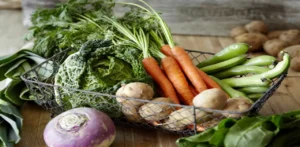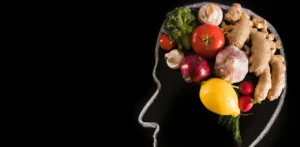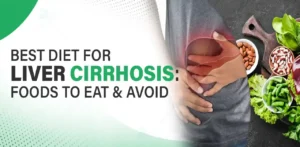Contents
Understanding Kidney Disease and Its Impact
Kidney disease, also known as renal disease, encompasses conditions that impair kidney function, including chronic kidney disease (CKD) and acute kidney injury. The kidneys play a crucial role in filtering waste and excess fluids from the blood, balancing electrolytes, and regulating blood pressure. When they are compromised, it can lead to the buildup of harmful substances in the body, affecting overall health.
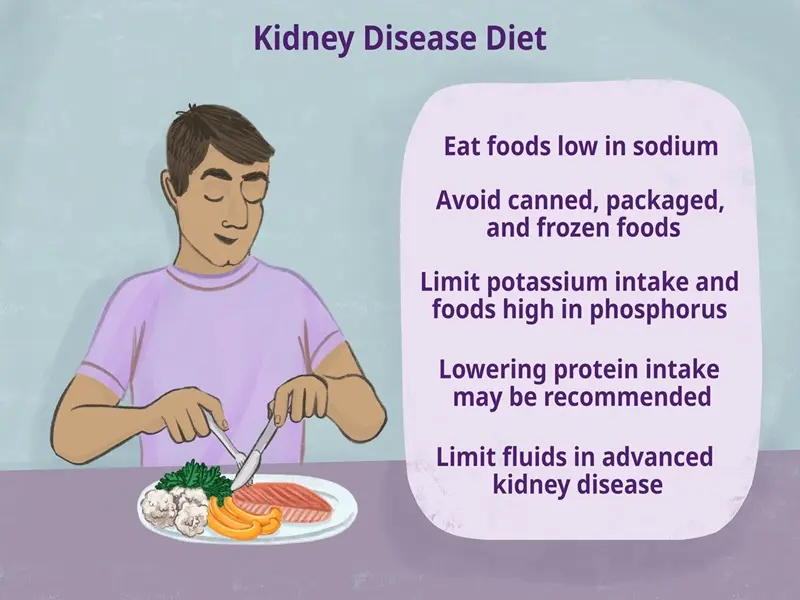
Importance of Diet in Managing Kidney Disease
Diet plays a pivotal role in managing kidney disease. A well-planned kidney disease diet can help slow the progression of the disease, alleviate symptoms, and improve quality of life. Proper nutrition helps control blood pressure, blood sugar levels, and reduces the risk of further kidney damage.
Kidney Disease Diet: Key Nutritional Considerations
For those managing kidney disease, it’s essential to focus on specific nutrients to ensure optimal kidney function and overall health. Here are the primary dietary considerations:
1. Protein Management
- Why: Excess protein can strain the kidneys as they work harder to filter out the waste products from protein metabolism.
- How: Limit protein intake to the recommended amount based on your stage of kidney disease. Include high-quality proteins such as lean meats, poultry, fish, and plant-based options like beans and tofu.
2. Sodium Reduction
- Why: High sodium intake can lead to increased blood pressure and fluid retention, putting additional stress on the kidneys.
- How: Aim for less than 2,300 mg of sodium per day. Avoid processed foods, choose low-sodium products, and use herbs and spices for flavoring instead of salt.
3. Potassium Control
- Why: Kidneys regulate potassium levels, and when they are impaired, potassium can build up in the blood, leading to heart problems.
- How: Limit high-potassium foods such as bananas, oranges, potatoes, tomatoes, and dairy products. Opt for lower-potassium options like apples, berries, grapes, and green beans.
4. Phosphorus Management
- Why: Elevated phosphorus levels can lead to bone and heart problems.
- How: Reduce intake of high-phosphorus foods such as dairy, nuts, seeds, and processed meats. Use phosphorus binders if prescribed by your healthcare provider.
5. Fluid Intake
- Why: Managing fluid intake is crucial, especially for those on dialysis, to prevent fluid overload.
- How: Follow your healthcare provider’s advice on fluid restrictions. Monitor fluid intake from foods and beverages.
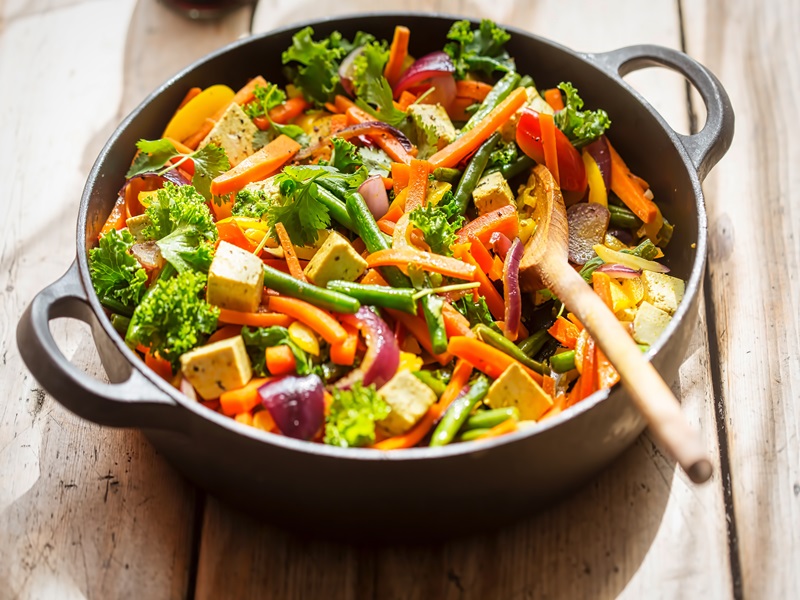
Best Foods for Kidney Disease Patients
Incorporating the right foods into your diet can make a significant difference in managing kidney disease. Here are some kidney-friendly options:
1. Red Bell Peppers
- Benefits: Low in potassium and rich in vitamins A, C, and B6, fiber, and folic acid.
- Use: Add to salads, stir-fries, or as a snack with hummus.
2. Cabbage
- Benefits: Low in potassium and a good source of vitamins K, C, and fiber.
- Use: Include in salads, soups, or as a side dish.
3. Cauliflower
- Benefits: Packed with vitamin C, folate, and fiber while being low in potassium.
- Use: Steam, roast, or mash as a substitute for potatoes.
4. Garlic
- Benefits: Helps reduce inflammation and adds flavor without extra sodium.
- Use: Use fresh or powdered garlic in cooking.
5. Onions
- Benefits: Low in potassium and a good source of antioxidants.
- Use: Sauté or use raw in salads and sandwiches.
6. Berries
- Benefits: Low in potassium and rich in antioxidants.
- Use: Add to cereals, smoothies, or as a snack.
7. Apples
- Benefits: Low in potassium and a good source of fiber and vitamin C.
- Use: Enjoy raw, baked, or as applesauce.
8. Cranberries
- Benefits: Help prevent urinary tract infections, which can affect the kidneys.
- Use: Enjoy fresh, dried, or as juice with no added sugar.
9. Fish
- Benefits: High in protein and omega-3 fatty acids.
- Use: Opt for fish like salmon, mackerel, and trout, but avoid adding extra salt.
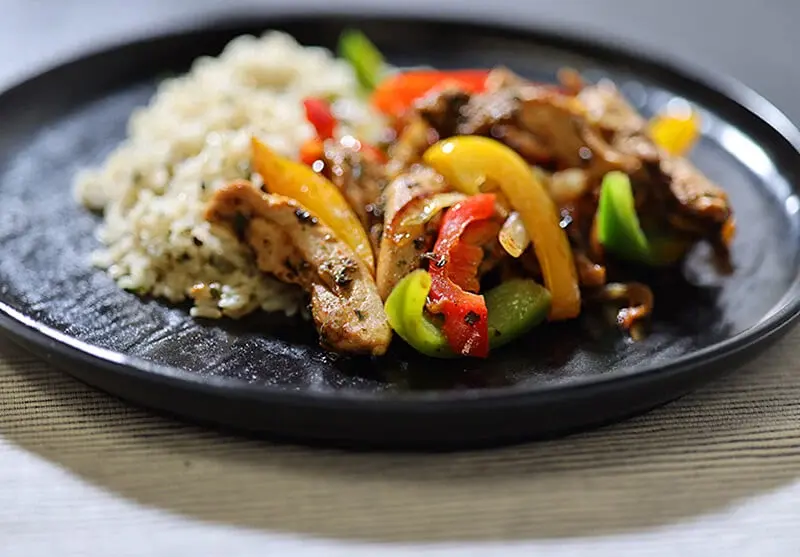
Kidney Disease-Friendly Meals and Recipes
Creating kidney-friendly meals can be both delicious and nutritious. Here are some meal ideas and recipes tailored for those with kidney disease:
Breakfast
- Oatmeal with Berries: Use water instead of milk and top with fresh berries and a sprinkle of cinnamon.
- Scrambled Eggs with Red Bell Peppers and Onions: Cook with minimal salt and serve with a side of low-potassium fruit.
Lunch
- Chicken Salad with Cabbage and Apple: Combine cooked chicken breast with shredded cabbage, diced apple, and a light vinaigrette.
- Vegetable Stir-Fry: Use low-potassium vegetables like green beans, cauliflower, and bell peppers, stir-fried with garlic and ginger.
Dinner
- Baked Fish with Garlic and Lemon: Season fish fillets with fresh garlic, lemon juice, and herbs. Serve with a side of steamed broccoli and quinoa.
- Turkey and Vegetable Soup: Use low-sodium broth, lean turkey, and a mix of kidney-friendly vegetables like carrots, onions, and celery.
Snacks
- Apple Slices with Peanut Butter: Ensure the peanut butter is low in sodium.
- Greek Yogurt with Berries: Choose unsweetened, low-phosphorus yogurt and top with fresh berries.
Nutrition During Kidney Disease Treatment
Proper nutrition is vital during kidney disease treatment, such as dialysis or post-transplant care. Here are some additional tips:
During Dialysis
- Increase Protein Intake: Dialysis can deplete protein, so include high-quality protein sources in each meal.
- Monitor Phosphorus and Potassium: Regularly check these levels and adjust your diet accordingly.
- Stay Hydrated: Follow fluid restrictions and keep track of fluid intake to prevent complications.
Post-Transplant
- Balanced Diet: Focus on a balanced diet rich in fruits, vegetables, lean proteins, and whole grains.
- Avoid Infections: Practice food safety to prevent infections, which are a risk post-transplant.
- Monitor Weight: Maintain a healthy weight to support overall health and kidney function.
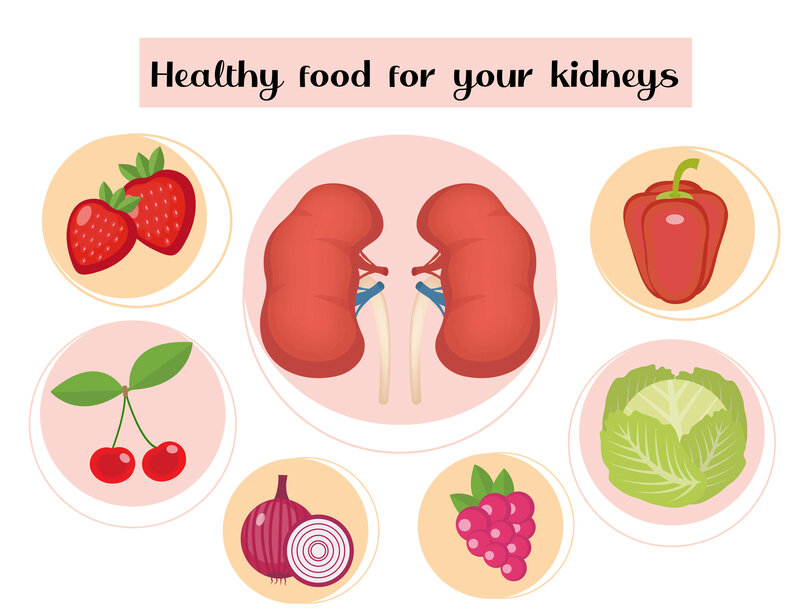
Kidney Disease Nutrition Tips
Managing kidney disease involves making informed dietary choices. Here are some practical tips:
- Read Labels: Check food labels for sodium, potassium, and phosphorus content.
- Cook at Home: Prepare meals at home to control ingredients and reduce sodium intake.
- Plan Ahead: Plan meals and snacks to ensure they are kidney-friendly.
- Consult a Dietitian: Work with a renal dietitian to create a personalized eating plan.
- Stay Informed: Keep up-to-date with the latest nutritional guidelines for kidney disease.
Finding Healthy Food Near You
When dining out or shopping for groceries, finding healthy food options is crucial. Here’s how to locate kidney-friendly food near you:
- Use Apps: Utilize apps that categorize restaurant menus based on dietary needs, such as those for kidney disease.
- Grocery Stores: Look for stores that offer fresh, low-sodium, and low-potassium options.
- Farmers Markets: Visit local farmers markets for fresh, seasonal produce.
- Ask Questions: Don’t hesitate to ask restaurant staff about menu ingredients and preparation methods to ensure they meet your dietary requirements.
Conclusion
Managing kidney disease through diet is a powerful tool to improve health and quality of life. By focusing on kidney-friendly foods and following dietary guidelines, patients can better manage their condition. Remember to consult with healthcare providers and dietitians to tailor your diet to your specific needs. With careful planning and the right choices, living well with kidney disease is achievable.
By following these guidelines and incorporating these foods and meal ideas into your diet, you can support kidney health and overall well-being. Stay proactive about your nutrition, and don’t hesitate to seek professional guidance to optimize your kidney disease management plan.

